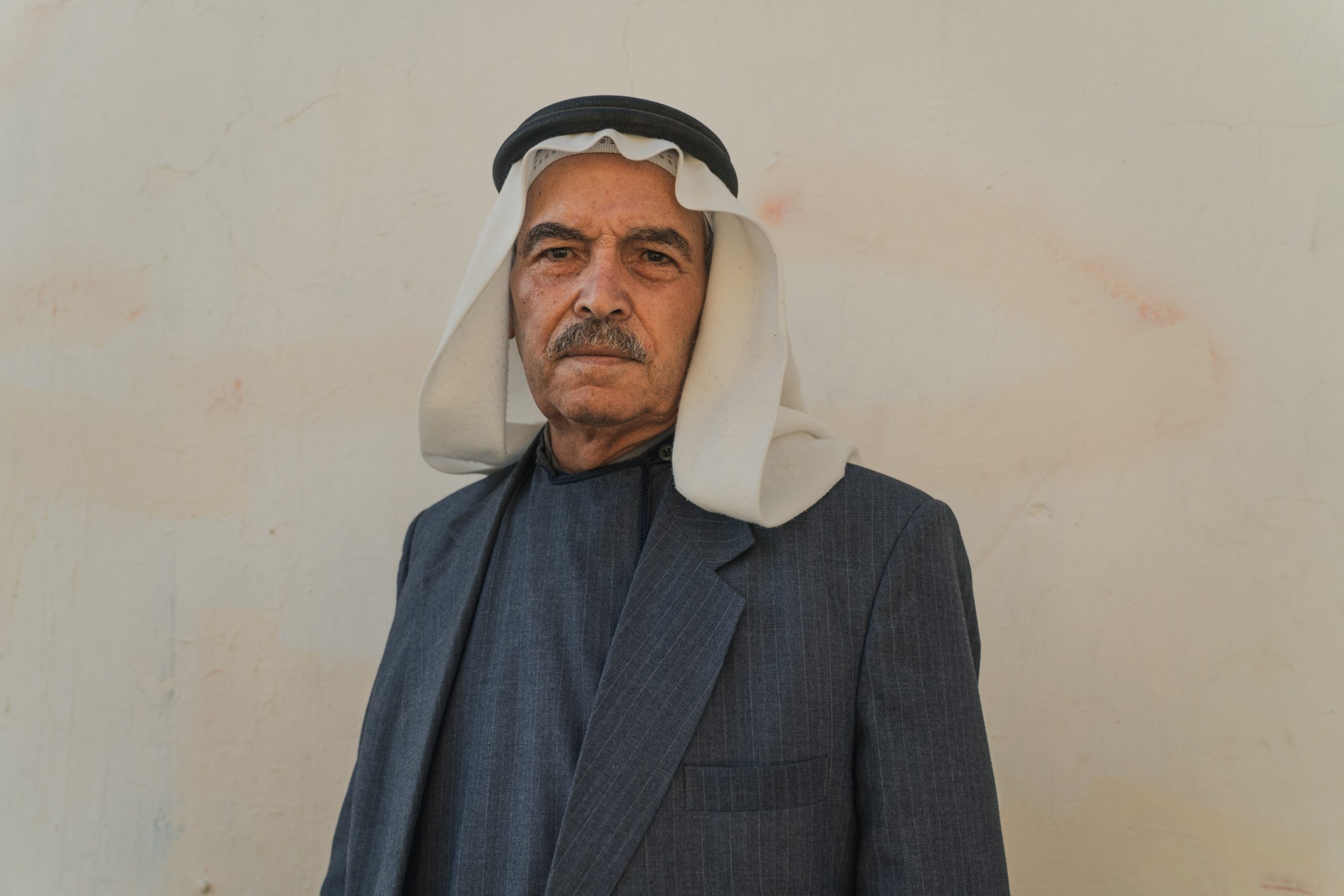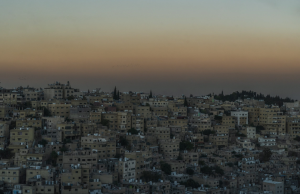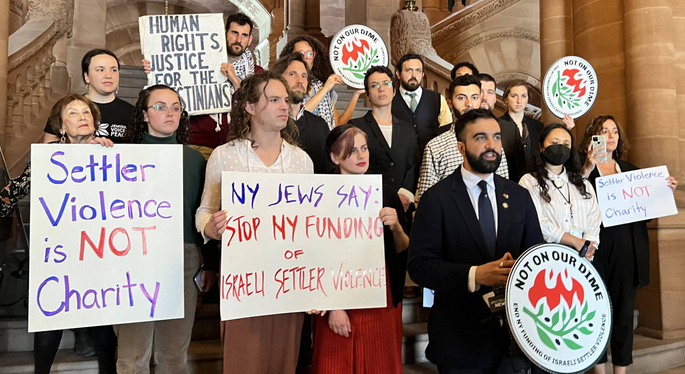By Jaclynn Ashly\Jacobin
Photos: Jaclynn Ashly
Gaza’s destruction was a political act. Jacobin spoke to Palestinian refugees about the vibrant, beautiful Gaza they remember and how Israel brought their homeland to ruin.
Today in Jacobin we published an important story by journalist Jaclynn Ashly based on recent interviews with Palestinian refugees in Jordan. Through these conversations, Ashly captures the voices of Palestinian people as they express what this place means to them — a vision of Gaza that is profoundly different from the proliferating images of poverty, desperation, and misery. For these Palestinians, Gaza’s vibrancy and ancient heritage have been obliterated by decades of violence and oppression.
For Ibrahim Hassan Muhammad Abu D’ema, reminiscing about his childhood in Gaza brings to mind the picturesque Mediterranean shoreline, the sounds of crashing waves, the sunny streets lined with colorful blooming flowers, and the fresh fish plucked from the sea.
“Gaza was very beautiful,” recounts D’ema, sitting at a shop near his home in Amman, Jordan, where he lives now. He was fifteen years old when he fled the coastal enclave for the overcrowded Al-Wehdat refugee camp in Amman. “It was a piece of paradise. Life was very fruitful, and we felt very content. We would have stayed there forever if we could.”
 |
Others spoke to Ashly about the significant heritage of Gaza’s more distant past. Ehab Bseiso, a Palestinian academic and vice president of the Dar al-Kalima University in Bethlehem, describes “a deliberate strategy to paint Gaza as a desert and a place that needs to be civilized. Yet [this image] ignores the fact that Gaza has been the home of thriving civilizations since long before the Nakba.”
 |
Situated as the gate between the Levant and Africa, Gaza was a regional hub of trade for centuries. “From a social and cultural perspective, Gaza was a center that attracted people all the way from Arabia to exchange and do trading with the world,” says Bseiso, who himself is from Gaza.
Over the last three months, Israel has destroyed and damaged nearly two hundred historical and cultural sites in Gaza, including the Anthedon, the first seaport in Gaza and one of the oldest ports in the Mediterranean; the Church of Saint Porphyrius, a Greek Orthodox church in Gaza’s Old City said to be the third-oldest church in the world; and the Sayed al-Hashim Mosque, built in the twelfth century.
“This place was beautiful,” Bseiso tells Ashly. “It’s important to know that Gaza is not the image that Israel has exported. It was not a place of misery, poverty, and frustration. It was a very rich place — full of culture, joy, and prosperity. And this continued up until 1967, when Gaza was completely occupied by the Israelis.”
KEEP READING THIS IMPORTANT STORY
To read more about the history of Gaza, from the War of 1967 up to the present, told through the personal accounts of Palestinians, please follow this link.













